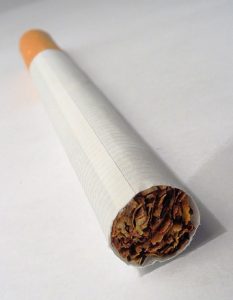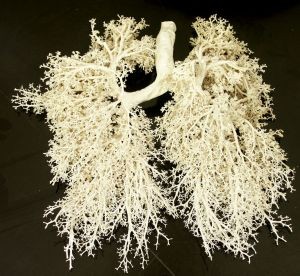On the 15th anniversary to the 9/11 terror attacks in New York City and Washington, DC, Vice President Joe Biden choose to speak about how these events rocked our nation and about how the many rescue and recovery workers were exposed to a great deal of toxic dust, including some that contained deadly asbestos fibers, according to a recent news feature form Yahoo News. This is part of the Cancer Moonshot program launched by President Barack Obama at his last State of the Union Address.
 The Twin Towers of New York City’s World Trade Center complex, as it existed in September 2001, were constructed at a time when asbestos was used in virtually every aspect of construction. World Trade Center One and World Trade Center 2 (the formal names for the Twin Towers) were no exception to this, and neither were the other buildings and underground structures that surround the Twin Towers. Continue reading
The Twin Towers of New York City’s World Trade Center complex, as it existed in September 2001, were constructed at a time when asbestos was used in virtually every aspect of construction. World Trade Center One and World Trade Center 2 (the formal names for the Twin Towers) were no exception to this, and neither were the other buildings and underground structures that surround the Twin Towers. Continue reading
 Mesothelioma Lawyers Blog
Mesothelioma Lawyers Blog










